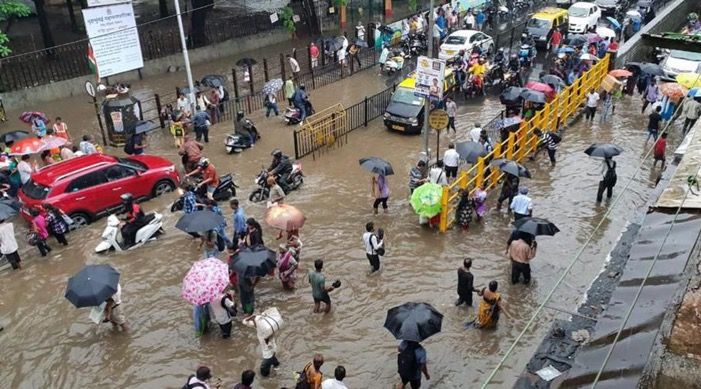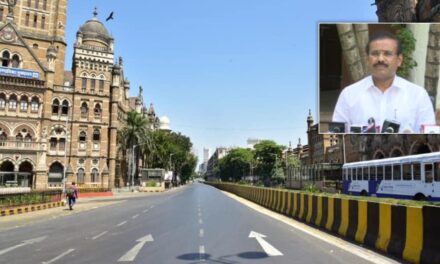
IMD to roll out thunderstorm prediction system, install 200 rain gauges in Mumbai before monsoon


IITM Pune has developed a mobile app called ‘DAMINI’ which alerts about impending lightning activity with the aid of 48 lightning sensors installed around the country (Representational Image, Courtesy: Seelenflügel)
The India Meteorological Department (IMD) is set to implement an end-to-end prediction system for forecasting thunderstorms and lightning by April 2019.
“Last year, during the pre-monsoon season a series of thunderstorm or dust storm affected the northern states and claimed about 200 lives. Hence, the IMD will be implementing an end-to-end prediction system for predicting thunderstorms or lightning by April 2019,” Ministry of earth sciences said in a release on Monday.
Union Minister of Science and Technology, Earth Sciences, Environment, Forests and Climate Change, Dr. Harsh Vardhan said that the Indian Institute of Tropical Meteorology (IITM) and IMD are already working on prediction tools for thunderstorm or lightning.
“IITM Pune has already installed 48 lightning sensors around the country which can locate the thunderstorm/lightning activities in real time. The institute has also developed a mobile app called ‘DAMINI’ to give alerts on impending lightning activity over the area,” Vardhan told reporters.
Vardhan also informed that currently IITM Pune and IMD are developing a new website for IMD along with the mobile apps for farmers and city forecasts. The app, expected to launch by June, will allow IMD to disseminate forecasts and warnings on time.
In another initiative, Vardhan informed that IITM Pune with the help of IMD and Mumbai Municipal Corporation is installing a new dense rain-gauge network over Mumbai with 200 rain-gauges.
“In addition 3 X-band and one S-Band radar will be also installed so that a merged rainfall data set at 2 km resolution will be prepared and made available to the public in real-time,” Vardhan said.
“This facility will help the city administration and general public to know the prevailing rainfall situation in the city on real-time basis. For this purpose, already a mobile app has been developed,” he added.
The financial capital of the country, which currently has 25 rain gauges and only one S-Band radar, is known for flooding during monsoon.
In a bid to further strengthen its observational network, IMD will install “10 new X-band weather radars” over north-west Himalayas (Jammu and Kashmir, Himachal Pradesh and Uttarakhand) by end of this year, the minister said.
11 more C-band radars will be installed over the plains of India including one over Andaman Nicobar Islands and one over Lakshadweep Islands by 2020.
Further, 200 Automated Weather Stations (AWS) at District Agromet Units for providing weather services to farmers and another 200 AWS over major cities and towns for providing city-specific weather information and forecasts will be installed.
IMD will also be installing 100 new AWS including rain-gauges to monitor weather activities in Kerala, which witnessed unprecedented rains last year resulting in large-scale flooding and loss of lives.












